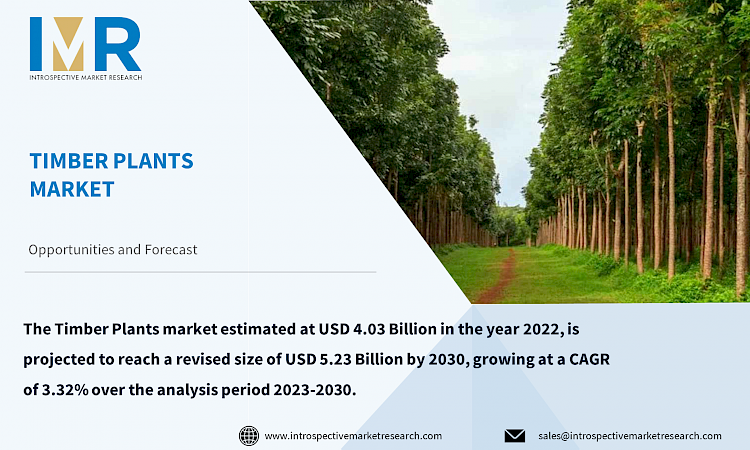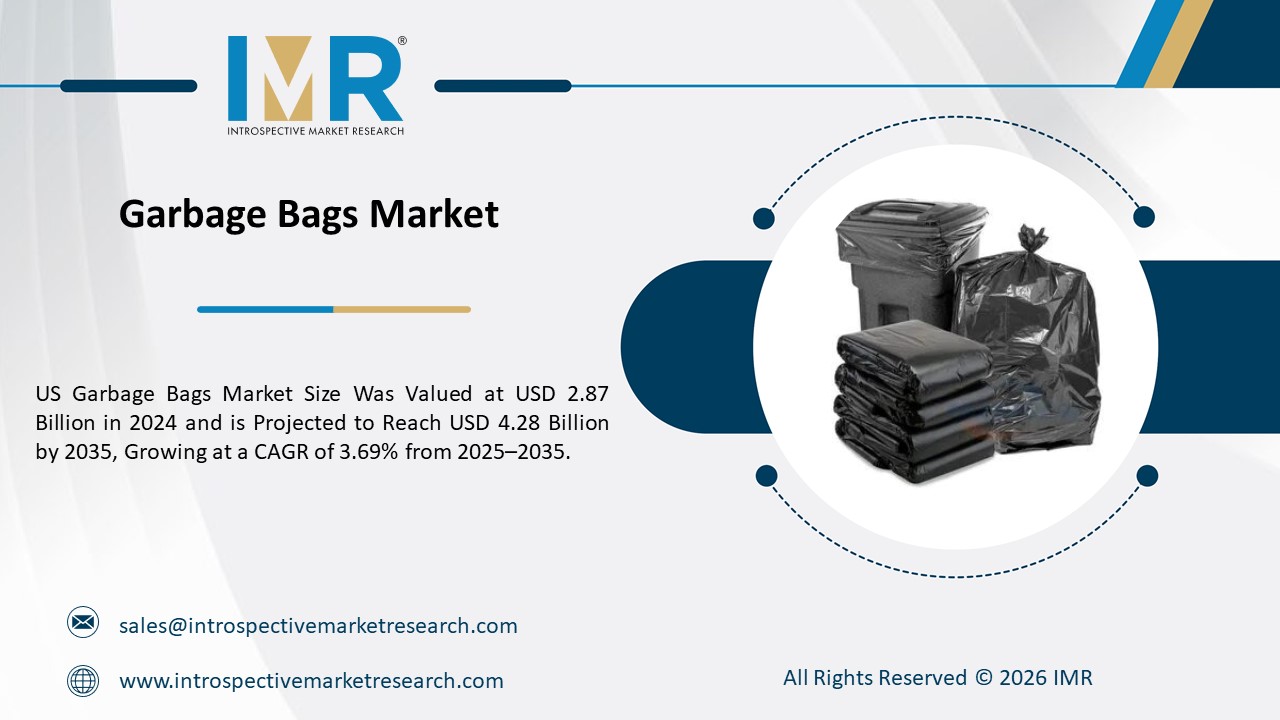Market Overview:
The Timber Plants market estimated at USD 4.03 Billion in the year 2022, is projected to reach a revised size of USD 5.23 Billion by 2030, growing at a CAGR of 3.32% over the analysis period 2023-2030.
Timber plants are typically medium to large-sized trees that are harvested for their wood, which is used for various purposes such as construction and paper production. There are three types of timber trees: softwood, semi-hardwood, and hardwood. While there are over 100,000 timber species, only around 500 are commercially viable. The majority of the timber is exported to countries other than where it originates, regulated by the Flora and Fauna International Trade Code. Despite the extensive areas dedicated to timber harvesting, many species are already endangered. Besides their use as a wood source, some timber plants have additional benefits such as medicinal properties. Moreover, timber is a cost-effective material for low-rise commercial buildings, and policies promoting sustainability and cost reduction have led to an increase in timber-based construction. Relaxation of height restrictions on timber buildings has also occurred in British Columbia and Oregon. Timber is commonly used in industrial facilities for packaging materials, such as boards for creating shipping boxes.
Top Key Players Covered In The Timber Plants Market:
- Stora Enso (Finland)
- Binderholz (Austria)
- KLH Massivholz (Austria)
- Mayr-Melnhof Holz (Austria)
- MHM Abbund-Zentrum (Germany)
- Hasslacher Norica (Austria)
- Merk Timber (Z?BLIN) (Germany)
- Lignotrend (Germany)
- Eugen Decker (Germany)and Other Major Players
Market Dynamics and Factors:
The reconstruction, renovation, and remodeling of old buildings are serving as significant drivers across various sectors. This trend is fueled by several key factors. There is increasing recognition of the cultural and historical value of old buildings, leading to preservation efforts that aim to restore and maintain these structures while preserving their architectural heritage. This has created opportunities for reconstruction and remodeling projects that breathe new life into these buildings. Sustainability has become a paramount concern, driving the shift towards repurposing existing structures. Renovating and repurposing old buildings is considered a more sustainable approach compared to new construction, as it reduces the environmental impact associated with new materials and minimizes waste. The high potential of smart furniture represents a significant opportunity in the market. Smart furniture refers to furniture that incorporates advanced technologies and connectivity features to enhance functionality, convenience, and comfort in modern living and working spaces. One of the key drivers behind the growing demand for smart furniture is the increasing adoption of smart home technologies and the Internet of Things (IoT).
Timber Plants Market Report Highlight:
- Based on Type, the Cross-Laminated Timber (CLT) Segment is the dominant in Timber Plants market, due to its exceptional strength, versatility, and sustainable characteristics. CLT is created by layering and gluing together multiple layers of lumber at right angles, resulting in a highly stable and durable timber product.
- By Application, the Residential Building Segment is estimated to develop the fastest, due to several factors, including the increasing demand for sustainable and eco-friendly construction practices in residential projects.
- The Europe region is expected to have the highest share of the Timber Plants market over the projected period. Europe has a long-standing tradition and expertise in forestry and timber production, with a strong focus on sustainable forest management practices. This has established a robust timber industry in the region.
Key Industry Development:
- In October 2023, XLam Dolomiti'sIntroduced "Leanpath Harmony," a cloud-based system for their smart bins, enabling real-time waste data analysis and performance insights, empowering businesses to optimize waste management strategies.
- In March 2023, Stora Enso Stora Enso has reached a significant milestone with the inauguration of its cutting-edge Cross-Laminated Timber (CLT) production line in Hungary. This state-of-the-art facility not only signifies a substantial boost in production capacity but also incorporates advanced fire protection technology, setting a new standard for safety and sustainability in the construction industry.
The Timber Plants Market Segmentation:
By Type
- Cross-Laminated Timber (CLT)
- Engineered Timber Construction
- Solid Wood Elements
- Post-Beam
- Others
By Application
- Residential Buildings
- Commercial Buildings
- Institutional Buildings
- Industrial Facility
- Others
For this report, Introspective Market Research has segmented the Timber Plants Market based on region: Regional Outlook (Revenue in USD Million; Volume in Units, 2023-2030)
- North America
- US
- Canada
- Mexico
- Eastern Europe
- Bulgaria
- The Czech Republic
- Hungary
- Poland
- Romania
- Rest of Eastern Europe
- Western Europe
- Germany
- UK
- France
- Netherlands
- Italy
- Russia
- Spain
- Rest of Western Europe
- Asia Pacific
- China
- India
- Japan
- South Korea
- Malaysia
- Thailand
- Vietnam
- The Philippines
- Australia
- New Zealand
- Rest of APAC
- Middle East & Africa
- Turkey
- Bahrain
- Kuwait
- Saudi Arabia
- Qatar
- UAE
- Israel
- South Africa
- South America
- Brazil
- Argentina
- Rest of SA






